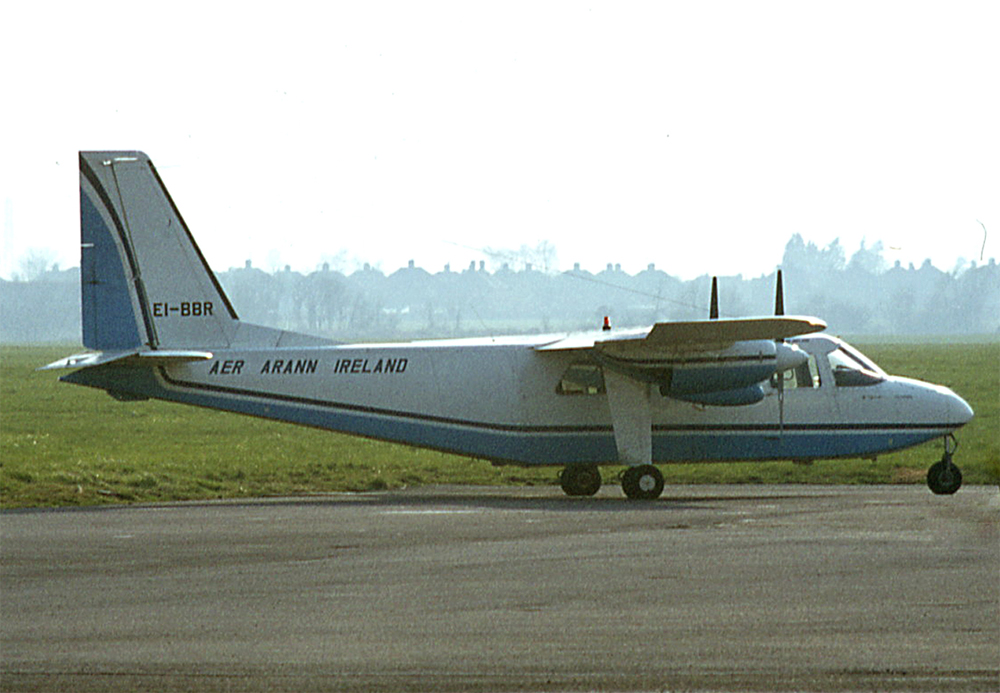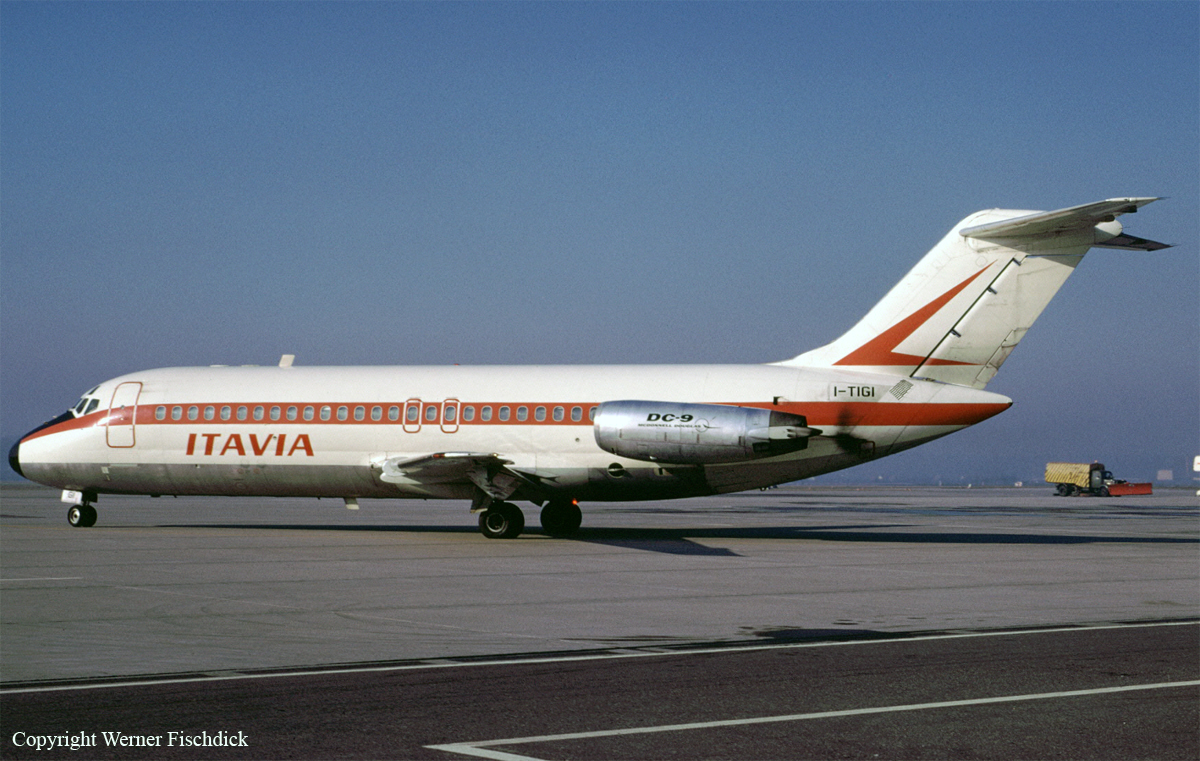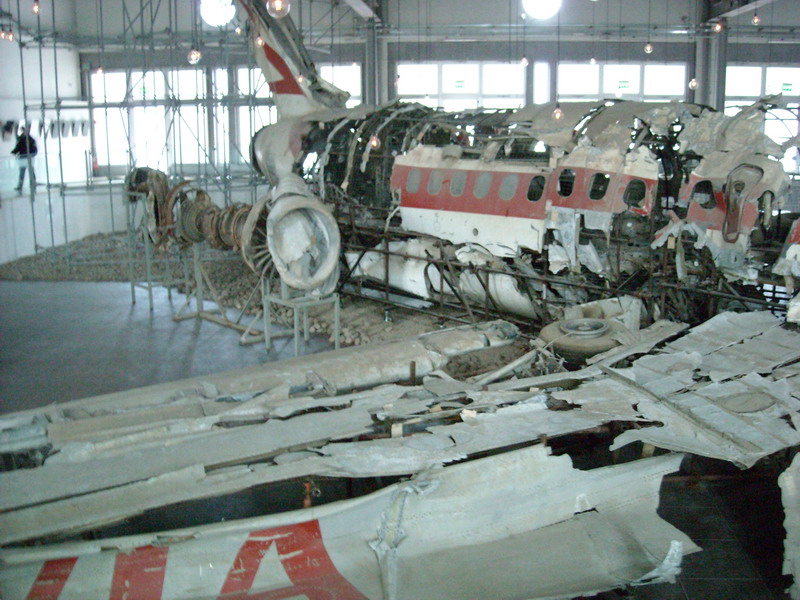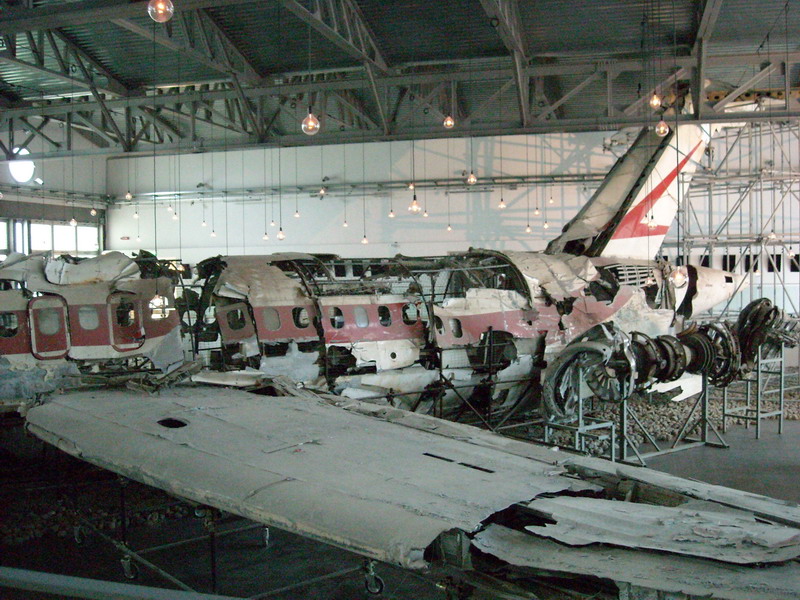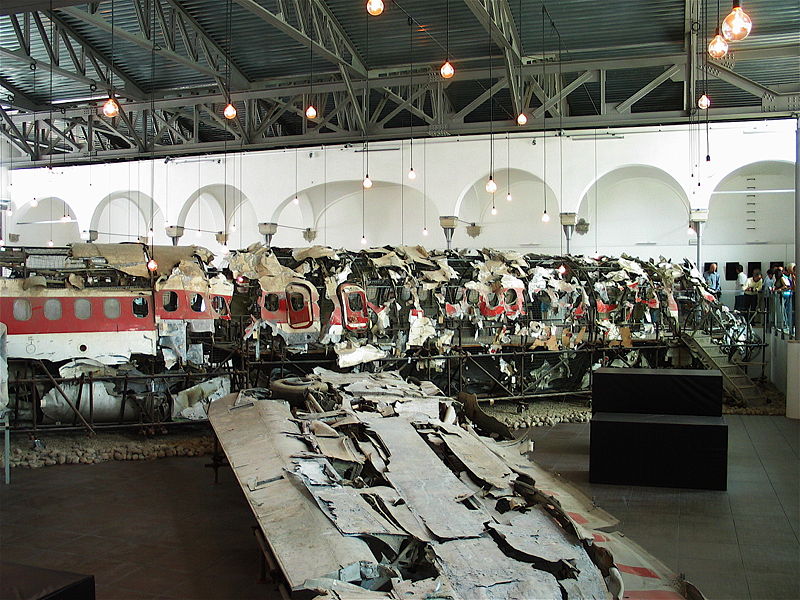Crash of a Yakovlev Yak-40 in Arkhangelsk
Date & Time:
Jul 18, 1980
Registration:
CCCP-87793
Survivors:
Yes
Schedule:
Kotlas – Arkhangelsk
MSN:
9 11 06 15
YOM:
1971
Crew on board:
4
Crew fatalities:
Pax on board:
23
Pax fatalities:
Other fatalities:
Total fatalities:
0
Circumstances:
Following an uneventful flight from Kotlas, the crew started the descent to Arkhangelsk-Talagi Airport. On approach at an altitude of 600 meters, the crew was instructed by ATC to hurry the last and third turn. This caused hasty actions of the crew. The captain asked the flight engineer to reduce power on all three engine to idle but once the altitude of 580 meters was reached on descent, the flight engineer mistakenly shut down all three engines. The pilot tried to restart them but without success because the approach speed was too low. The captain attempted an emergency landing on a road. Upon touchdown, the airplane collided with the support of a power transmission tower and came to rest. All 27 occupants were rescued, among them 23 were injured.
Probable cause:
Erroneous actions on part of the flight engineer who put the power control levers in the 'stop' position instead of the 'idle' position. The lack of proper control on part of the both pilot and copilot was considered as a contributing factor.




